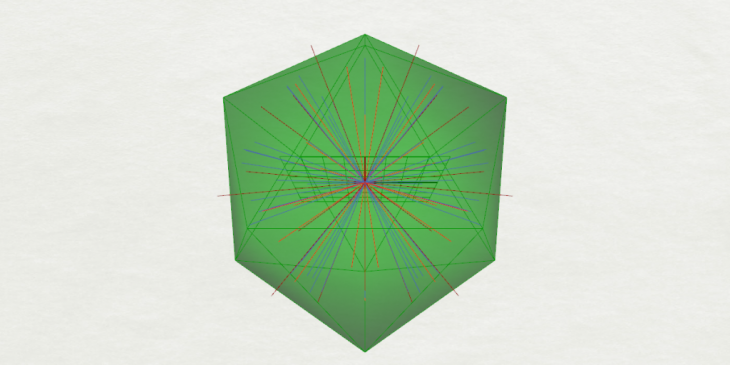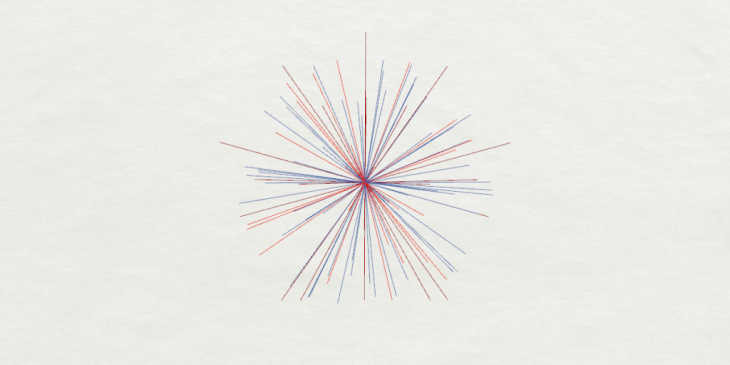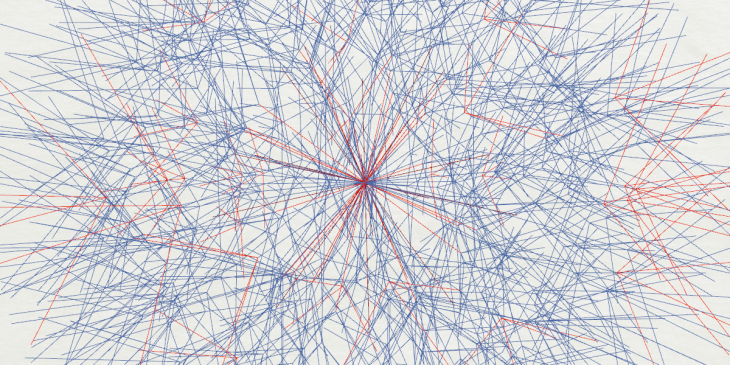NOISE – A HAIRY THING
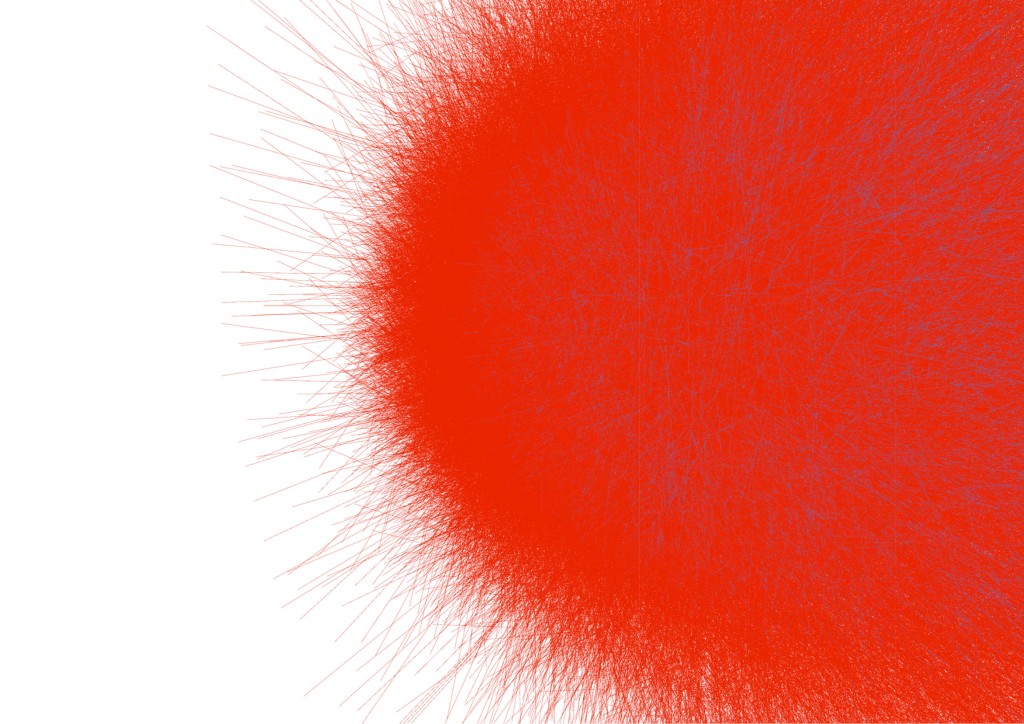
REFERENCES + IDEA
The title “noise” is more about the chaos that comes out of this mathematical composition. It is more about an impression that is quite paradoxical -> there is not randomness in this composition however it looks and feels totally like that.
The proposal is a sort of a “hairy ball” that is generated by constant subdivision of new “hairs” growing from the surfaces of the icosahedron. In this perfect mathematical reality of grasshopper, they are lines, and to these lines, with the iteration are added new ones, shorter, slightly rotated. This way of growing is more common to trees than hair, however the result is surprisingly more similar to a hair ball.
EVOLUTION
It was very important to state the relation with the pure geometry of the icosahedron. It is the foundation of the structure that grows from its multiple faces outwards, consuming the space. With each iteration, it is quite astounding how the relation between this pure geometry and the outer world changes; at first (with first loops) it stretched outwards as if pointing with a sharp blade, however with the following cycles it slowly develops something that is more comparable to a soft cushion.
In the end, when it reaches its final cycle (6), the core isolates from the outer reality, as if developing a natural shelter. As the colour red is dedicated for shorter lines, it dominates the outer surface, while blue is within, now hardly visible.
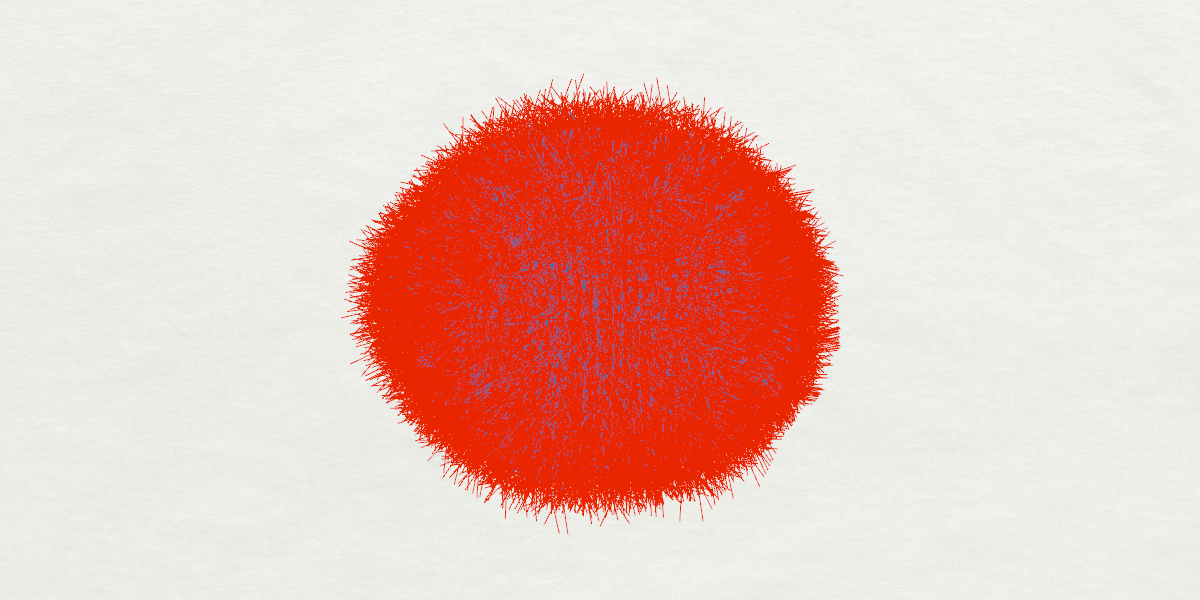
GRASSHOPPER OPERATIONS
This time the crucial plugins were Anemone and Horster.
Anemone is a plugin that supports loops and therefore allows iterations to take place, looping and growing.
Horster is a plugin that allows frame recording in grasshopper. During loops, this is really handy since you want to view your grasshopper window to make sure everything is working, while this tool exports frame by frame an animation.
The operations can be divided into 4 major parts ; input (geometry and triggers), inside look (operations that will be looped with anemone), visualisation (adding colours to the product), camera (control and trigger)
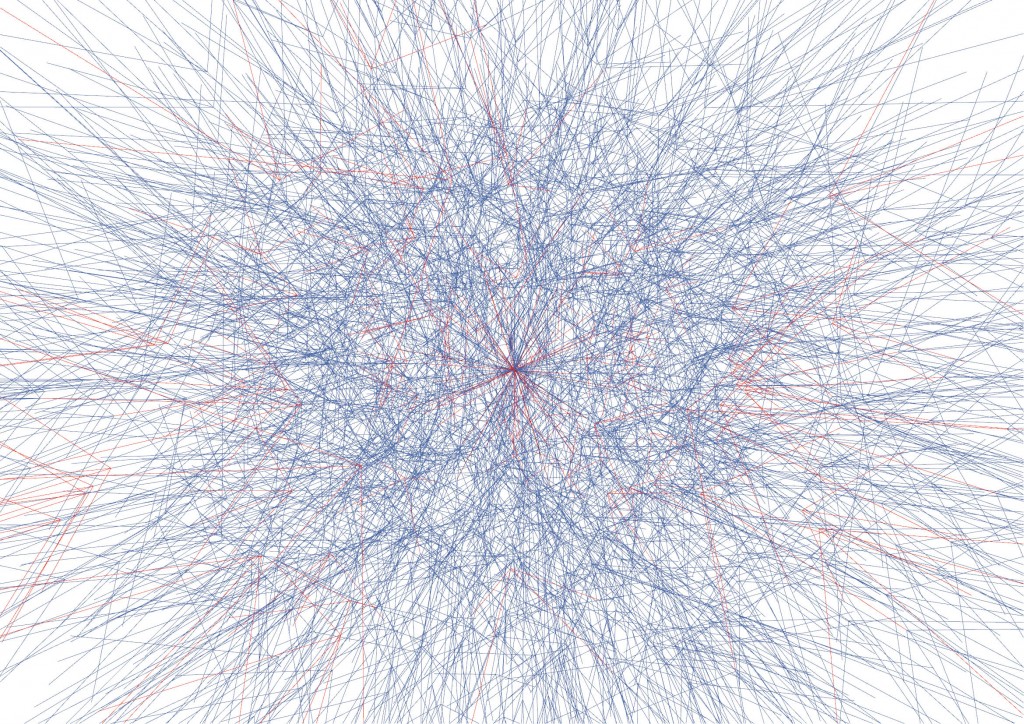
CONCLUSIONS AND FUTURE DE-BUGGING
Anemone and Horster are really useful tools for different situations however completely different from each other. Anemone represents a tool that uses a predesigned logic to execute evolutions and in this way we can say it’s a tool to discover with. While Horster is a very practical plugin that has applications for completely different designs and projects, but remains a visualisation tool.
I would love to explore how these tools could be used in fabrication. Or rather how we can use digital fabrication to create geometries like the one I have designed.
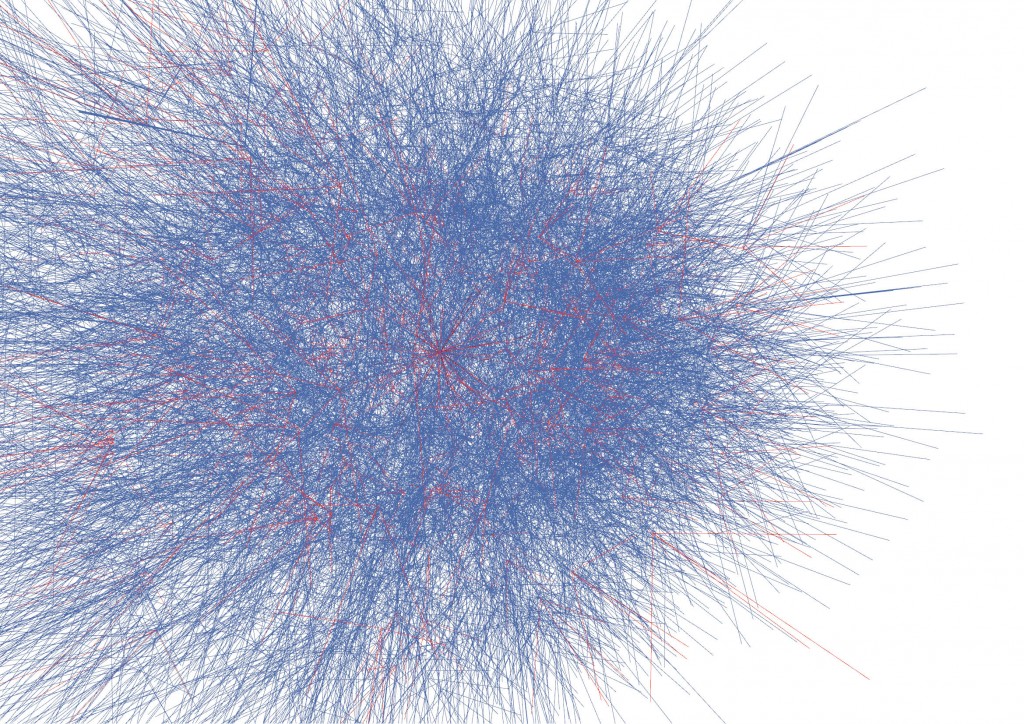
Marcel Dawid
